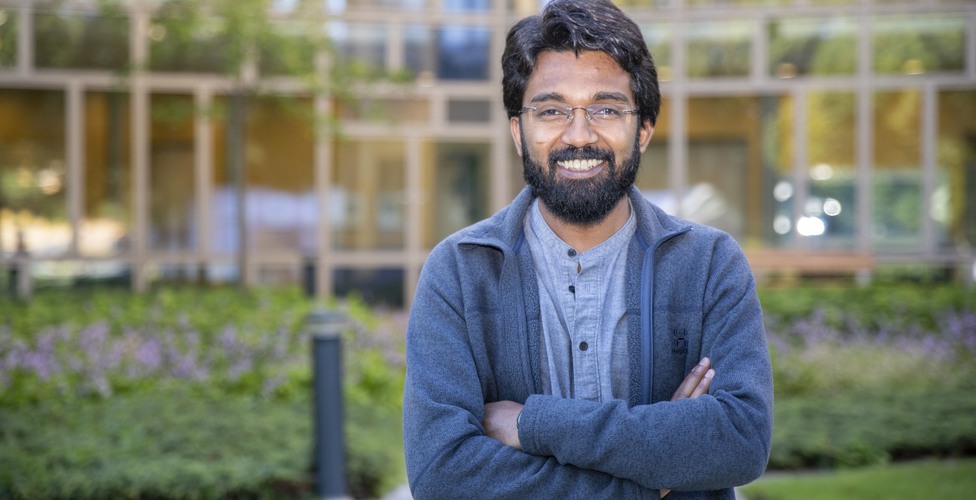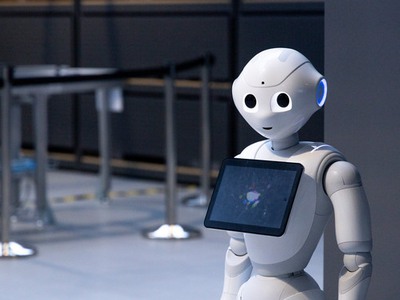Understanding how humans interact with each other is crucial for creating technology that feels intuitive. Vipul Nair, a PhD student in informatics, has been studying how knowledge of human interaction such as movements, gestures, and gazes can improve the design of next-generation human-centred technologies.

Vipul Nair's research helps companies design smarter technology that better interprets and responds to human actions.
Vipul Nair's research focuses on how visuospatial features help us understand human interactions. But what are visuospatial features and how can they help?
Imagine trying to understand a bustling street scene. You see people walking, talking, and gesturing, forming a picture of their intentions and actions. How is this possible? This is where Vipul Nair's research comes in.
"I explore how visual, spatial, and auditory cues play a key role in understanding human interactions. I examine these visuospatial features to see how they affect our perception of events around us," says Vipul Nair.
Creating better interactions between humans and technology
Understanding visuospatial features is crucial not only for us as humans but also for developing intuitive cognitive technologies, such as robots that can navigate our social world or systems that improve traffic safety by understanding human behaviours.
“I use a mix of real-world observations and computational models to study these interactions in detail. For instance, I look at how subtle motions or the direction of someone's gaze can tell us where an observer’s attention is directed, which can be incredibly valuable for enhancing technologies in social robotics or media design”
Vipul's research has resulted in a resource tool, involving data, method, model and know-how, that helps manufacturers of various technical solutions understand how people perceive and react to what is happening around them.
A new model can assist next-generation human-centred technologies
The tool combines information about what is happening in a scene where people interact, how events are structured, and how people behave, such as where they direct their attention.
Vipul has also collected a lot of data on how people interact with each other, including detailed descriptions of visual, audio and spatial features This data offers valuable insights that can be used to improve technologies that need to understand and collaborate with humans. The applications are many.
“Consider how self-driving cars need to interpret the actions and intentions of pedestrians and other drivers to ensure safety. Similarly, healthcare robots that assist the elderly or disabled can benefit from understanding non-verbal cues, leading to better care and companionship. In the entertainment sector, virtual reality experiences can be made more immersive by creating avatars that move and react like real people, enhancing the feeling of presence”
By using the research findings, companies can design smarter and more adaptable technology that better interprets and responds to human actions, making our interactions with machines smoother and more human-like. It also furthers understanding of human cognition and cognitive research.
Vipul Nair will defend his thesis "The Observer Lens: Characterizing Visuospatial Features in Multimodal Interactions" on May 24th at the University of Skövde.



